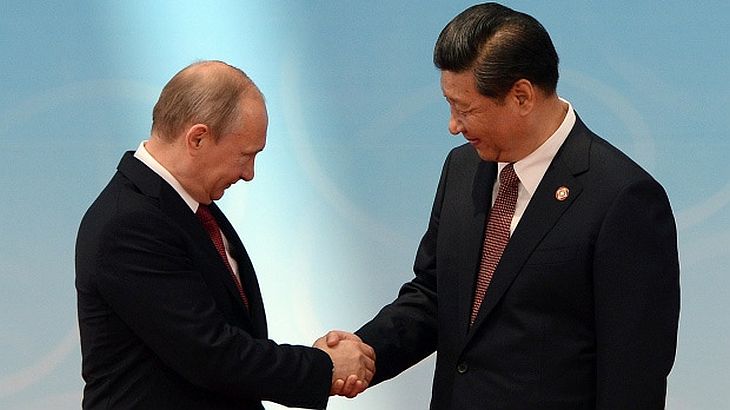Russia and China signed a memorandum of understanding that says Gazprom will supply China National Petroleum Corp (CNPC) for 30 years with about 38 billion cubic meters of gas per year from 2018, after conclusion of negotiations that lasted more than 10 years. The contract is estimated to be worth around 400 billion dollars, but the purchase price was not made public.
Russia wanted the European prices as reference, since this is a long-term contract that requires indexed oil prices, but the negotiating team from Beijing would not have accepted more than 350 dollars/1.000 cubic meters, similar to what is paying for imports from Turkmenistan, a reliable supplier for China’s gas needs.
Vladimir Putin’s visit to his Chinese counterpart for marathon negotiations highlights the Kremlin’s strategy to find outlets for its energy goods amid sanctions imposed by the U.S. and EU, after Russia’s intervention in Ukraine.
“This is a historic event for the Russian natural gas sector. […] This is the largest contract in the history of the former Soviet and Russia’s gas sector”, said the Russian President. Moreover, the head of Gazprom expressed his joy through statements which suggest the energy trade between the two countries will deepen even more.
The Telegraph writes that the U.S. is preparing to make possible larger deliveries of its gas to European countries, thus playing the American LNG (Liquefied Natural Gas) against the Russian pipeline gas, so sending resources from eastern Russia to China becomes logical, the Chinese being the only market in the proximity of Russia that can compete with the absorption level of the EU markets combined. Europe still remains the largest market for Russian gas, with over 160 billion cubic meters imported last year at an average price of 380,5 dollars/1.000 cubic meters.
International Energy Agency says China’s gas demand is expected to reach 420 billion cubic meters by the end of the decade, and by 2030 demand will rise by 14.3% per year. In addition, Chinese government policy on gas utilization shows that this resource will become increasingly used for road, marine and rail transportation.
